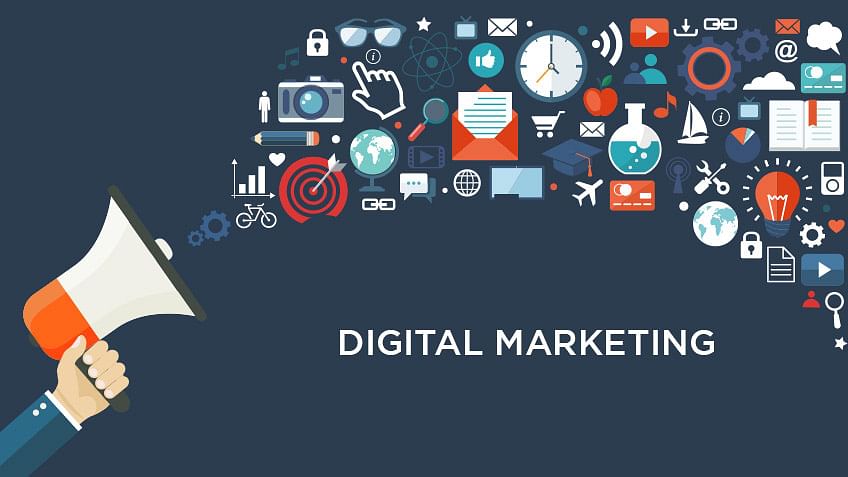The evolution of digital marketing has been rapid and transformative, driven by technological advancements, changing consumer behaviors, and new platforms. Understanding what strategies are currently effective is crucial for businesses aiming to succeed in this dynamic landscape. Here’s an overview of the latest trends and what’s working now in digital marketing:
1. Personalization and Customer Experience
Personalized Content
- Dynamic Content: Tailoring content to individual users based on their behavior, preferences, and demographics. Tools like Dynamic Yield and Evergage can help deliver personalized experiences.
- Email Personalization: Sending personalized emails that address the recipient by name and offer content based on their past interactions with the brand. Platforms like Mailchimp and HubSpot provide robust personalization features.
Customer Experience (CX)
- User-Centric Design: Creating websites and apps with a focus on user experience. Easy navigation, fast loading times, and mobile optimization are critical.
- Customer Journey Mapping: Understanding and optimizing the entire customer journey from initial contact to post-purchase. Tools like Salesforce and Adobe Experience Cloud can assist in mapping and enhancing the customer journey.
2. Video Marketing
Short-Form Video Content
- TikTok and Reels: Platforms like TikTok and Instagram Reels are popular for short, engaging video content. Brands are using these platforms to create viral content and connect with younger audiences.
- YouTube Shorts: YouTube's answer to short-form video content, allowing brands to create bite-sized, engaging videos.
Live Streaming
- Real-Time Engagement: Live streaming on platforms like Facebook Live, Instagram Live, and Twitch offers real-time interaction with audiences. It’s used for product launches, Q&A sessions, and behind-the-scenes content.
3. Influencer Marketing
Micro-Influencers
- Niche Markets: Collaborating with micro-influencers (1,000 to 100,000 followers) who have highly engaged audiences in specific niches. They often have more authentic interactions with their followers compared to macro-influencers.
- Authenticity: Consumers are looking for authenticity, and influencers who genuinely use and believe in the products they promote are more effective.
Long-Term Partnerships
- Brand Ambassadors: Establishing long-term relationships with influencers rather than one-off collaborations. This builds stronger trust and brand loyalty among their followers.
4. Social Commerce
Integrated Shopping Experiences
- Shoppable Posts: Platforms like Instagram and Facebook allow businesses to create shoppable posts where users can purchase products directly from the post.
- Live Shopping: Live streaming combined with e-commerce, where viewers can purchase products in real-time during a live stream. This is particularly popular in markets like China.
User-Generated Content
- Social Proof: Encouraging customers to share their experiences and tag the brand on social media. This content serves as social proof and can be repurposed in marketing campaigns.
5. Search Engine Optimization (SEO)
Voice Search Optimization
- Conversational Keywords: With the rise of voice assistants like Alexa, Siri, and Google Assistant, optimizing for conversational keywords and natural language queries is crucial.
- Featured Snippets: Structuring content to appear in featured snippets can increase visibility and drive traffic.
Core Web Vitals
- Page Experience: Google's emphasis on Core Web Vitals means that page load speed, interactivity, and visual stability are now critical ranking factors. Tools like Google PageSpeed Insights can help optimize these metrics.
6. Artificial Intelligence (AI) and Machine Learning
AI-Powered Tools
- Chatbots: Using AI-powered chatbots for customer service and lead generation. Platforms like Drift and Chatfuel can help implement chatbots that provide instant responses to customer inquiries.
- Predictive Analytics: Leveraging machine learning to predict customer behavior and personalize marketing efforts. Tools like IBM Watson and Google AI can analyze large datasets to provide actionable insights.
7. Content Marketing
Interactive Content
- Engagement: Creating interactive content like quizzes, polls, and interactive infographics to engage users and collect data. Platforms like Outgrow and SnapApp can help create interactive content.
- Storytelling: Using storytelling techniques to create compelling and relatable content that resonates with the audience.
Long-Form Content
- In-Depth Articles: Producing long-form content that provides in-depth information on a topic. This type of content can improve SEO rankings and establish authority in the industry.
- Ebooks and Whitepapers: Offering valuable resources in the form of ebooks and whitepapers to capture leads and provide value to the audience.
8. Privacy and Data Security
Compliance with Regulations
- GDPR and CCPA: Ensuring compliance with data privacy regulations like the General Data Protection Regulation (GDPR) and the California Consumer Privacy Act (CCPA).
- Transparent Data Practices: Being transparent about data collection practices and providing users with control over their data.
First-Party Data
- Data Ownership: Focusing on collecting first-party data (data collected directly from customers) rather than relying on third-party data. This can be achieved through direct interactions, loyalty programs, and user registrations
Tags
Actionable Tips
